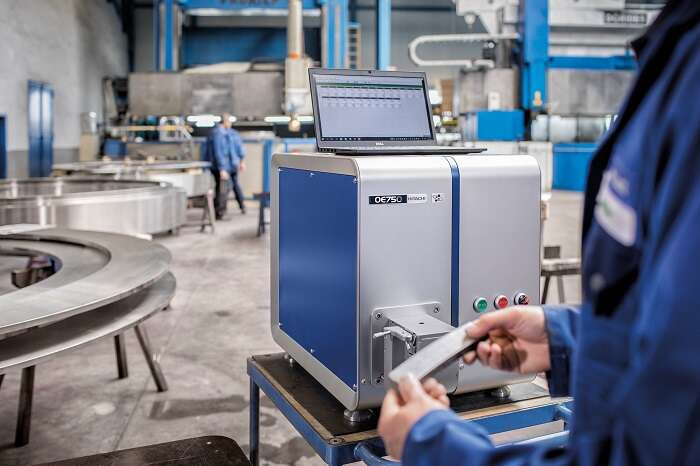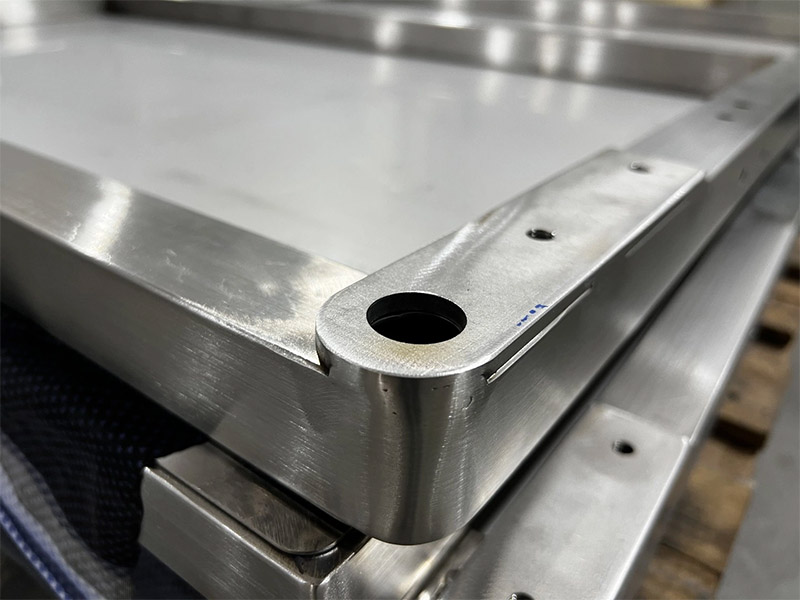The automotive industry places very stringent demands on components – perhaps second only to aerospace.
Safety is a big concern, and many components need to absorb energy in a crash. Other components require structural rigidity, so strength is more important. Incoming material inspection and metal analysis using spectrometers are becoming increasingly important, especially as new materials are introduced throughout the supply chain.
Aluminum and magnesium alloys have recently gained popularity in the automotive industry because they are lightweight, relatively inexpensive, and have many desirable properties.
They can be formed into complex shapes, including engine components, transmission cases, and structural parts. Even in the current environment, regulations driving the need for lightweighting are generally accepted, and research and development of lightweight metals continues.
The pace of this development will be slowed in the near term due to the global economic recovery and the resumption of manufacturing.

Aluminum weighs about one-third less than steel, and its use in cars has surged in recent years.
This trend will continue for some time: by 2022, the average car is expected to contain nearly 100kg of aluminum, which has replaced previously heavier parts. This means that by 2025, the automotive industry will account for a quarter of all aluminum consumption, or 30 million tons.
Magnesium is even lighter than aluminum - 36% lighter per unit weight. At the same time, it has the highest strength-to-weight ratio of all structural metals. Given its abundance and ease of recycling, it's no surprise that magnesium has replaced steel and aluminum in housings and space frames since its early use in wheels.
Currently, more than half of magnesium is used in magnesium-aluminum alloys. Cast magnesium-aluminum alloys are used in many parts, including transmission and clutch housings, as well as steering wheels and brackets.

However, magnesium does have some disadvantages. Magnesium is brittle and does not have the creep resistance of aluminum. Research teams around the world are working to solve these problems.
The team at Monash University in Melbourne, Australia, has developed a process that changes the microstructure of magnesium, making it less brittle. This means that pure magnesium can be formed and compressed into any shape at room temperature without cracking.
Another team at the US Department of Energy has developed a process that improves magnesium's energy absorption and ductility, making it more suitable for a wider range of automotive parts.
If you have some metal parts for automotive applications that need processing, please send your design files or ideas to our senior project manager, and we will further evaluate and give you the results.